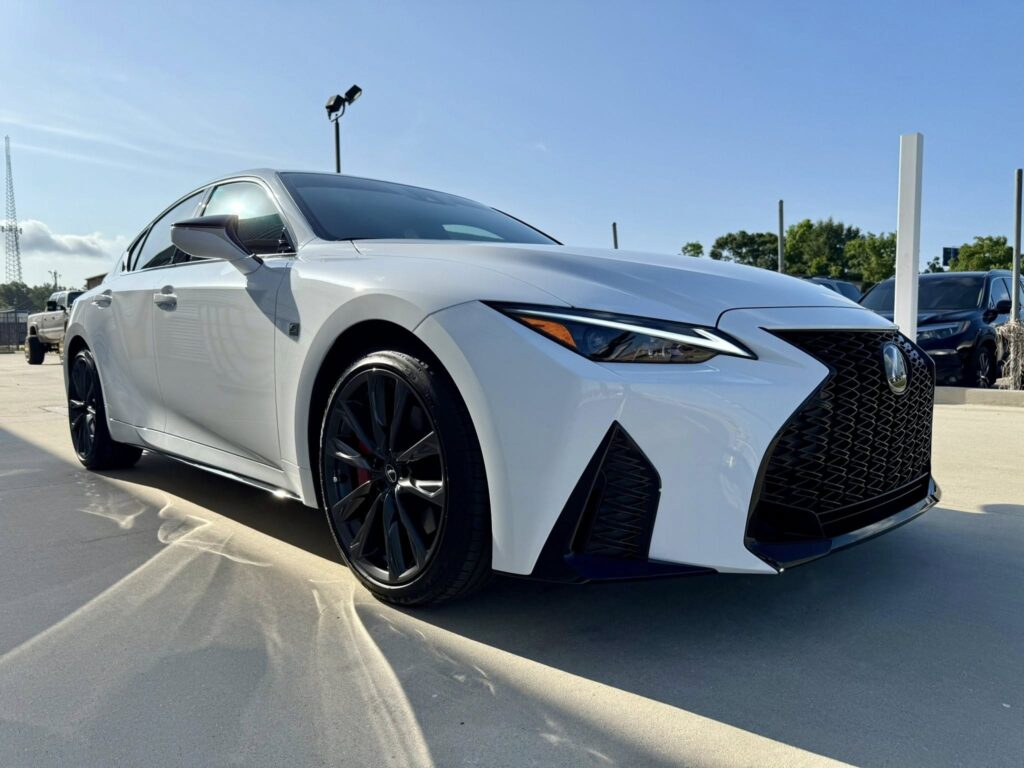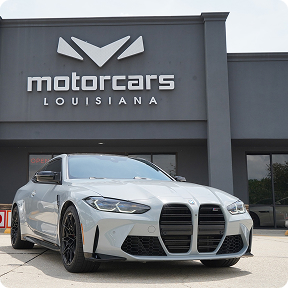Should You Buy a Used Car Without Window Tint? Here’s What You Need to Know
When shopping for a used car, most people focus on mileage, accident history, and mechanical condition. But there’s another factor that can quietly impact the long-term look, comfort, and even value of your new-to-you ride: whether or not the car has ever had window tint.
It might seem like a small detail, but a vehicle that’s spent years in the sun without the protection of quality tint—especially ceramic window tint—is far more likely to have interior fading, cracking, and deterioration.

The Role of Ceramic Tint in Protecting Interiors
Ceramic window tint isn’t just about privacy or style. It blocks up to 99% of harmful UV rays, which are the main culprit behind:
Faded dashboards and door panels
Cracked leather seats and peeling trim
Dry, brittle upholstery fibers
Increased interior heat damage
Without tint, every sunny day is like a slow bake for your car’s interior. Over time, this can turn what was once a fresh, showroom-like cabin into something faded and tired—hurting both comfort and resale value.
Buying a Used Car With Failing Tint
On the flip side, some used cars do have window tint—but it’s past its prime. Failing tint is easy to spot:
Purple or bronze discoloration
Bubbles and blisters between the glass and film
Peeling or curling at the edges
Not only does this look bad, but it also means the UV protection is no longer effective. You’ll either have to live with it or replace it entirely—which leads to the next problem: tint removal.
The Hidden Hassle of Tint Removal
Removing old tint isn’t always as simple as peeling it off. The adhesive can fuse to the glass over time, making removal slow and labor-intensive. In some cases—especially with older rear windows that have built-in defrost lines—aggressive scraping can actually damage or remove the heating elements. Once those lines are gone, they’re gone for good.
This is why many professional installers use specialized steam or adhesive-softening methods. Even then, tint removal on certain vehicles can take hours and cost more than you expect.
Tips Before You Buy
If you’re considering a used car:
Inspect the interior closely – Look for signs of fading, cracking, or sun damage.
Check the tint’s condition – If it’s old or bubbling, factor in removal and replacement costs.
Ask about tint history – A car with long-term ceramic tint protection is less likely to have UV damage.
Budget for tint installation – If the car has no tint or failing tint, upgrading to ceramic film can protect your investment immediately.

